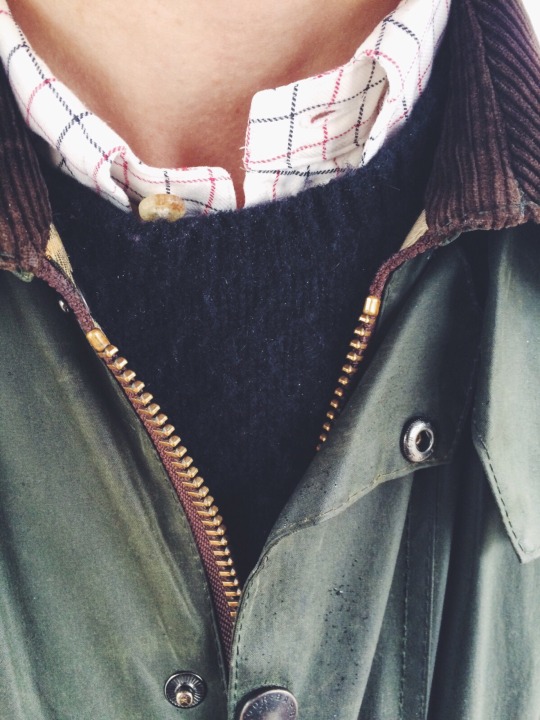Sophomore, is 16, and a track athlete as well as artist. Is a major dweeb.
Don't wanna be here? Send us removal request.
Video
602K notes
·
View notes
Text
im feeling generous on this very sunday its time for another round of slavic catposting
209K notes
·
View notes
Photo


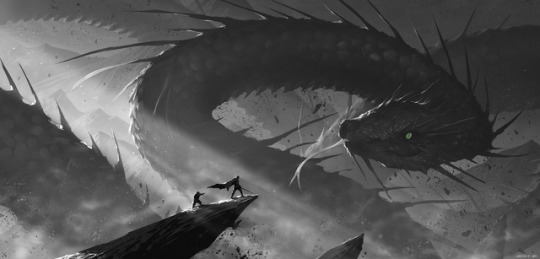

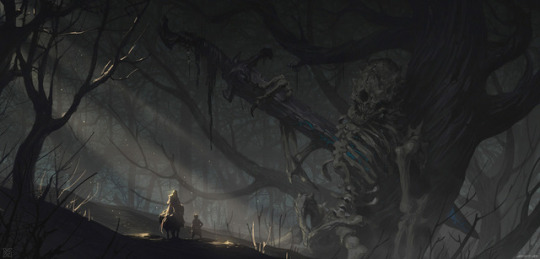


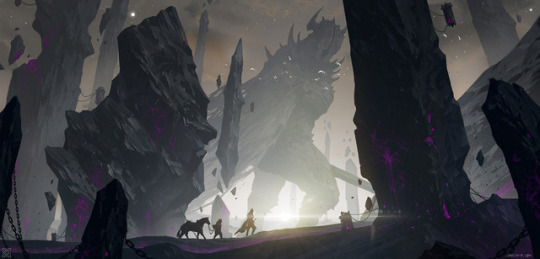
小归mist - https://www.artstation.com/z361474408 - https://www.pixiv.net/member.php?id=3813913 - http://www.leewiart.com/space/31167.html
17K notes
·
View notes
Text
When a character doesn’t realize they’ve been, like, shot or whatever and they hand brushes against their side and comes away wet with blood, and they’re just staring at it like wtf is this and then their knees just totally give out on them and they sink down, maybe gasping a little as the reality finally hits them. That’s good stuff.
320K notes
·
View notes
Photo

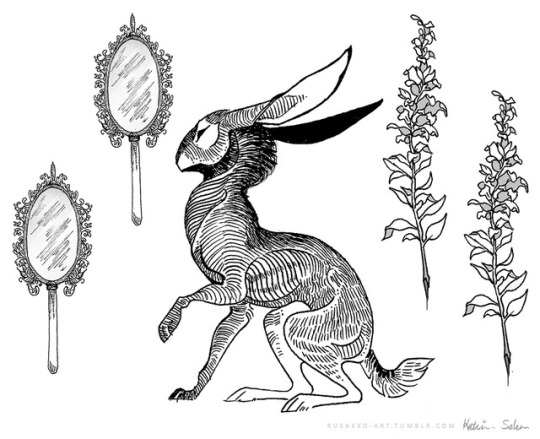
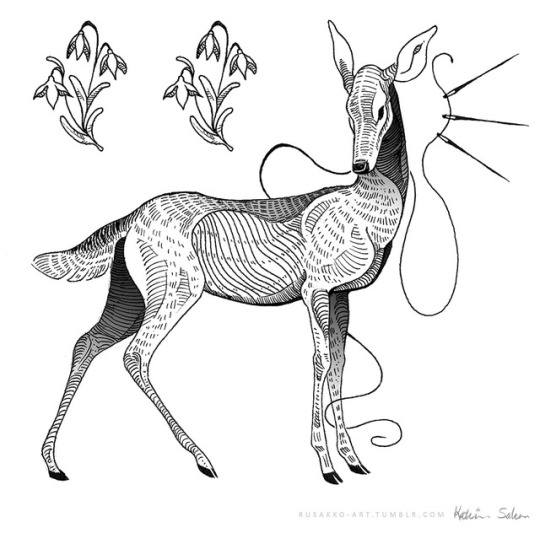
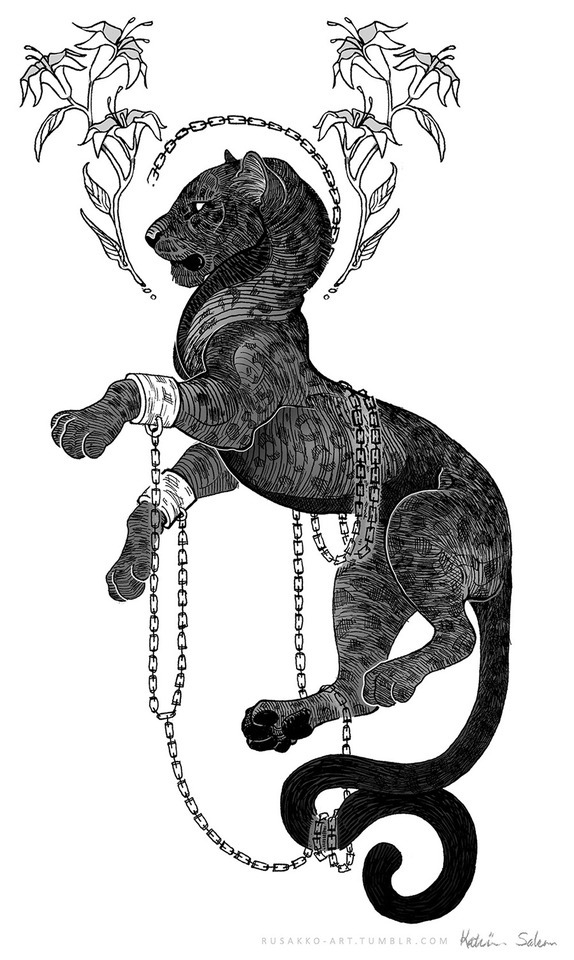
Recent bunch of illustrations I made for a client
18K notes
·
View notes
Text
hi i’m tolkien here are my ocs. i call them Elves (not elfs!!! if you call them elfs i will block you) they look like humans but they’re tall, live forever, and have pointy ears. that’s it bye
434K notes
·
View notes
Photo







by Jonny Joyce ∆↟ ᴊᴏɴɴʏ ↟∆ ∆↟ @blackleafdotcom ᴀᴍʙᴀssᴀᴅᴏʀ↟∆ EDITS - @aftervisionzdigitaleditz.smugmug.com
3K notes
·
View notes
Text
I think the reason I enjoy Ghibli so much is it romanticizes the little things. It makes me want to bake, study, clean the house, garden, and more while listening to happy music and occasionally picking wildflowers and lying in the grass. It helps me find joy in day-to-day life and that’s honestly sooo important for my mental health.
322K notes
·
View notes
Photo
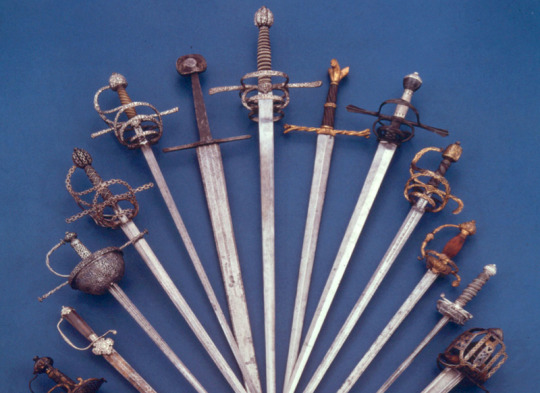
Sword Facts & Myths
All Medieval swords weighed at least 12 pounds – FALSE
Most Medieval swords weighed around 2.5 lbs - even long hand-and-a-half and two-handed swords weighed less than 4 lbs.
Medieval swords were not sharp - FALSE
Some surviving samples of Medieval swords are still sharp - many are razor-sharp.
All swords should balance within 2” of the guard - FALSE
A sword’s balance should be determined by its function, not an arbitrary standard. Swords intended for cutting often balance 5 or 6 inches from the guard.
Swords were made to cut through armour - FALSE
Period armour was often work- and case-hardened and curved such that it is difficult to hit at a right angle. Late Medieval thrusting swords, even the ones with a reinforced point, were used to thrust into the gaps in armour, not through the plate.
Viking swords were heavier than Medieval swords - FALSE
The Viking sword was a very highly developed sword form. Often the blades were quite thin in cross section, and as a result, were often the same or lighter in overall weight than other similarsized swords.
There is no such thing as the “perfect” sword - TRUE
There are only “perfect” swords for their intended purpose and the tastes of the owner.
A “good” sword should be able to bend past 90 degrees without taking a set - FALSE
Flexibility is only one of the aspects of the steel properties that is important in a sword. Too flexible, and it is inefficient in the thrust and the cut. Too stiff and it is prone to breakage. Most makers are content if a sword will bend to 45 degrees without taking a set.
Real swordfights were just like they are in the movies - FALSE
Swordfights in movies are choreographed for entertainment not authenticity. Edge to edge parries and fancy techniques are designed to heighten drama in a scene. An actual swordfight would be short, brutal and much quieter.
Japanese swords are the sharpest and best swords ever made - FALSE
Japanese swords have many admirable qualities and were well-suited to their intended use, but they are not necessarily sharper or better than a properly designed and sharpened Medieval sword.
Medieval swordmakers were uneducated barbarians - FALSE
It is apparent from even a cursory study of surviving Medieval swords that blademakers and cutlers were highly skilled artisans with a profound understanding of mathematics and proportion.
Not all swords should be as sharp as a razor - TRUE
The sword’s intended purpose is always the guide to use — thrusting swords are not intended for cutting, so some may not even have an edge at all, just a well-defined and reinforced point.
Swords were tempered in urine or blood - FALSE
The steels smelted in Medieval Europe required either clean water or oil for quenching. Urine or blood would not allow a blade to temper properly.
The “blood groove” is on a sword to release pressure in the wound and allow the sword to come back out - FALSE
“Blood groove” as a term is a recent invention — “fuller” is the proper name for the groove or grooves on a sword blade. The purpose of the fuller has nothing to do with “blood” — fullers reduce weight, assist in the proper distribution of mass in a blade, and help make the blade more stiff.
A good sword can cut through a concrete pillar - FALSE
Swords were intended to cut through flesh, clothing, and (in earlier swords) leather or mail armour. They are not intended to cut wood, concrete or metal pillars, even though that is often seen in films.
A sword will fall apart if you don’t clean the tang of the sword - FALSE
The tang of a sword, if properly made and the rest of the sword properly maintained, will not require any maintenance for generations of use.
Japanese folded steel is superior to European sword steel - FALSE
Folding steel was a technique used by Japanese smiths to try to get the best steel they could from very poor ore sources. Folded steel blades are more likely than modern monosteels to have large, unseen inclusions of impurities that may in fact critically weaken a blade. By folding the steel billet many, many times, they achieved a more even distribution of carbon and worked most of the impurities out of the steel. The result is stunningly beautiful, but we have to believe that if a 16th C Japanese smith had access to modern monosteels, he would have switched in a heartbeat.
Pattern-welded steel is superior to mono-steel - FALSE
Like folding steel, pattern-welding was a technique used to try to get the best steel from very poor ore sources. Pattern-welding is the art of hammering together, and then twisting and re-hammering layers of iron (often of varying carbon content). The Celts as far back as the 5th century BC may have made swords by pattern-welding, and this technique was used extensively until at least the end of the 10th century. After this, better, more consistent iron ore was obtainable, and furnace technology improved, making this laborious technique unnecessary. Also like folded steel blades, pattern welded blades are more likely than modern monosteels to have large, unseen inclusions of impurities that may in fact critically weaken a blade.
Swords are just big knives - FALSE
The design of a sword is far more complex than a knife. Flexibility balance and vibration are far more critical in a sword-length blade than in a knife-length blade.
Info source: © 2005 Albion Armorers, Inc.
Photo source: © Royal Armouries
22K notes
·
View notes
Text
“population growth” is just a formal mathematical way of saying “how fast can people fuck?”
137K notes
·
View notes


